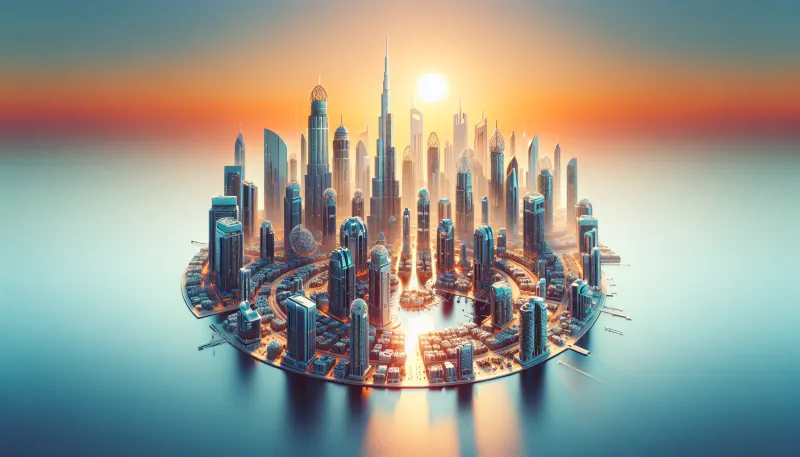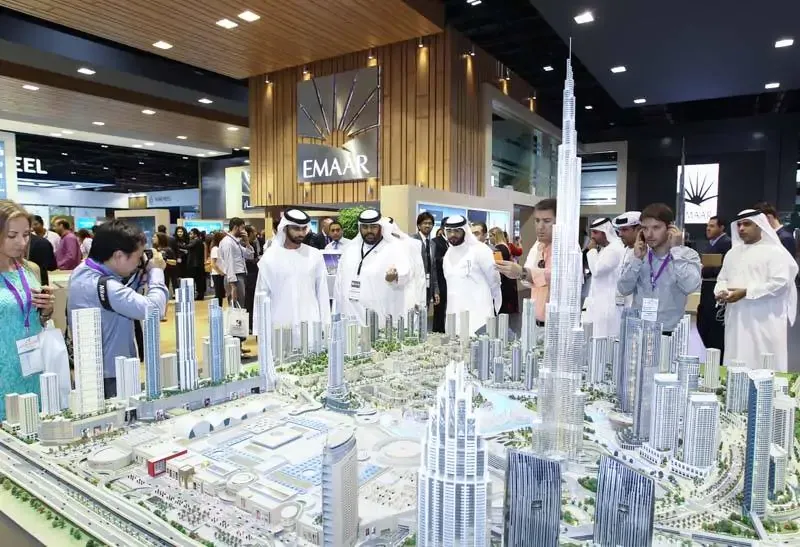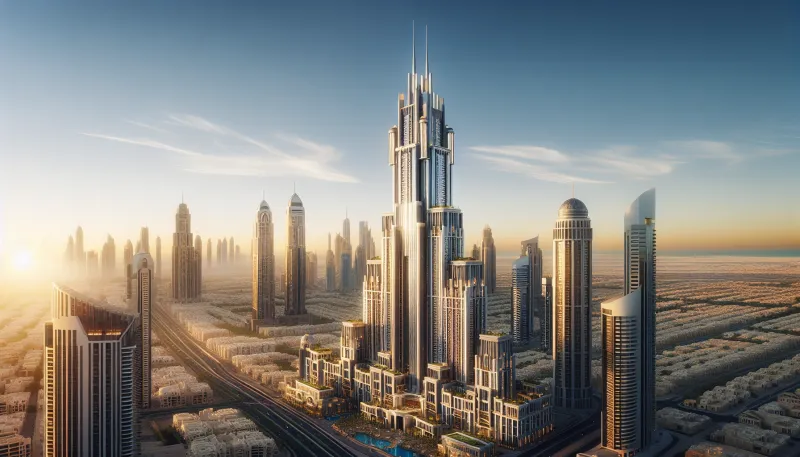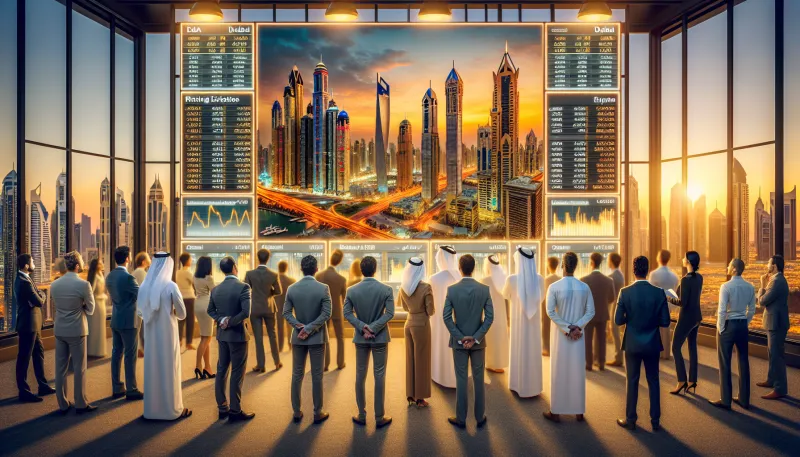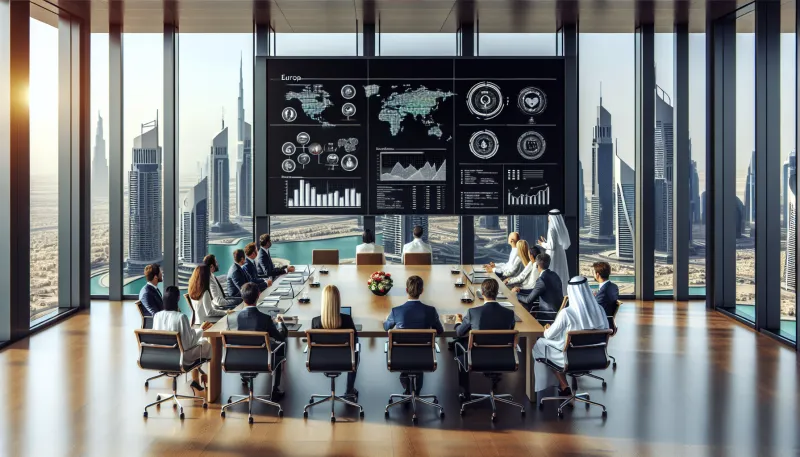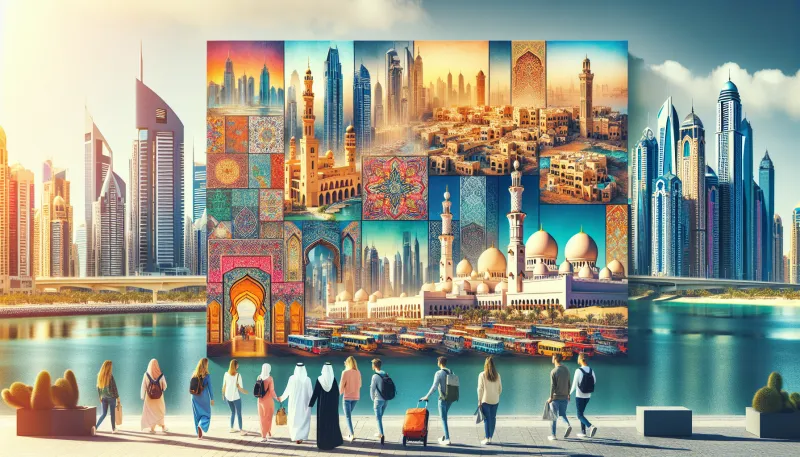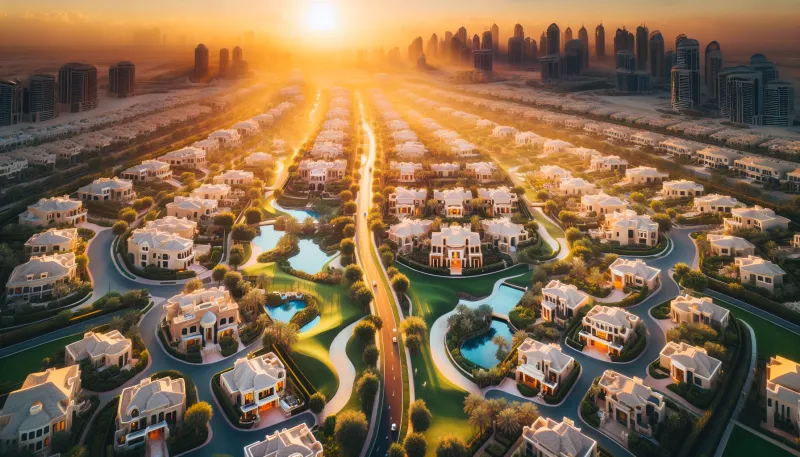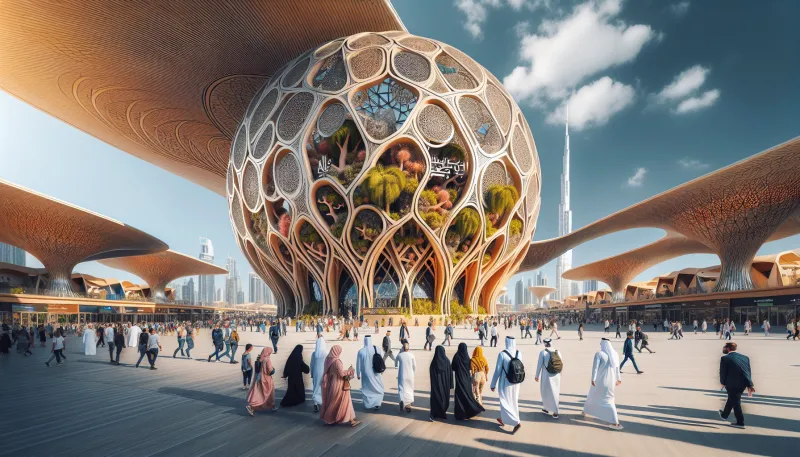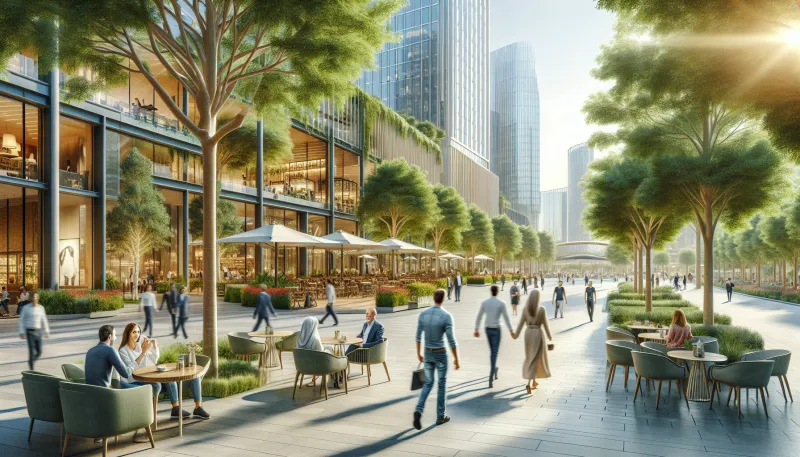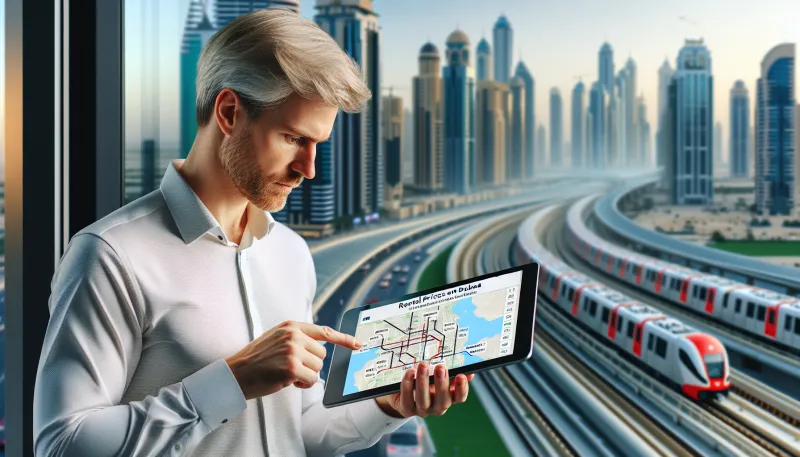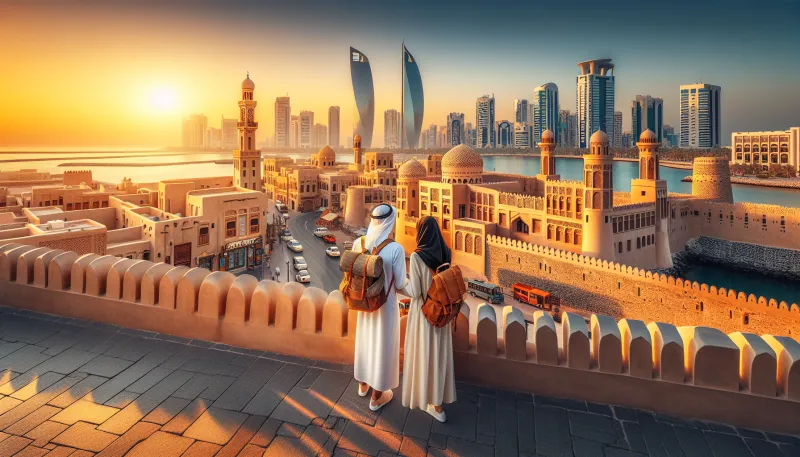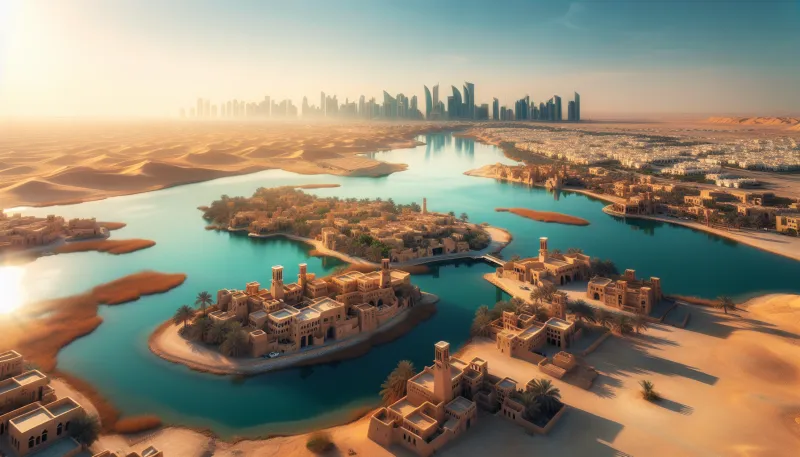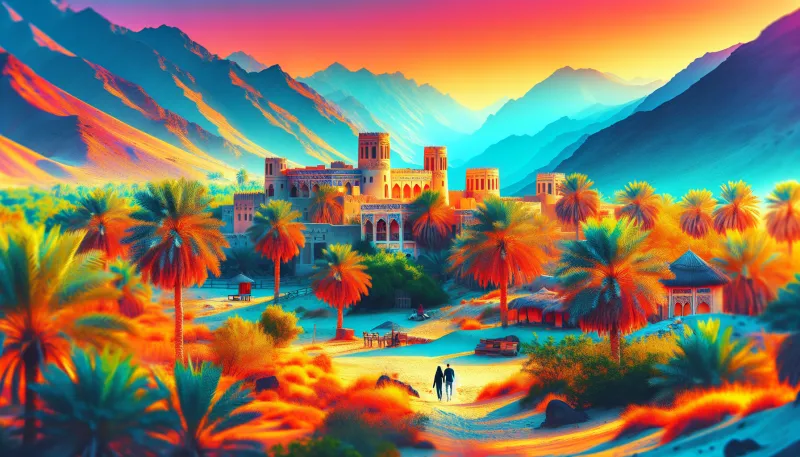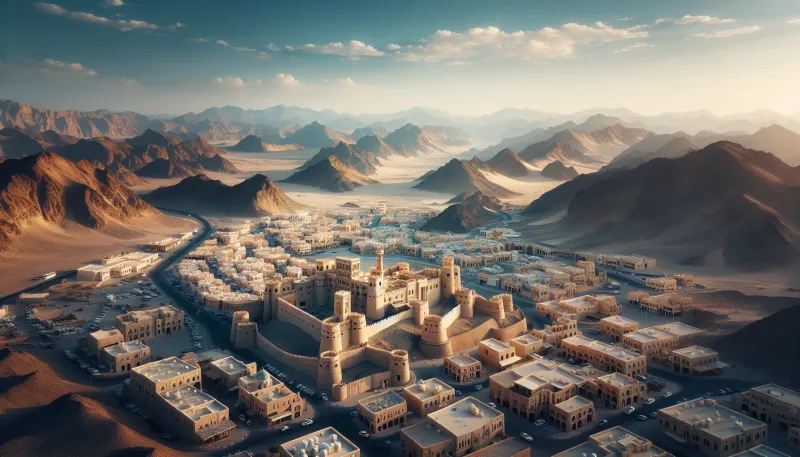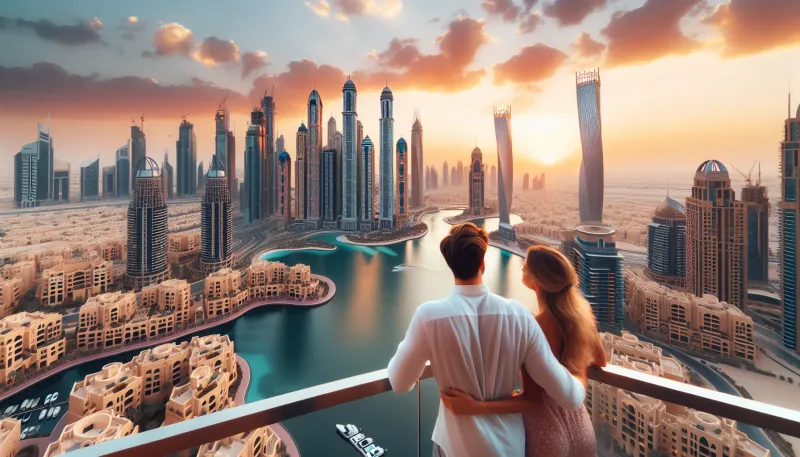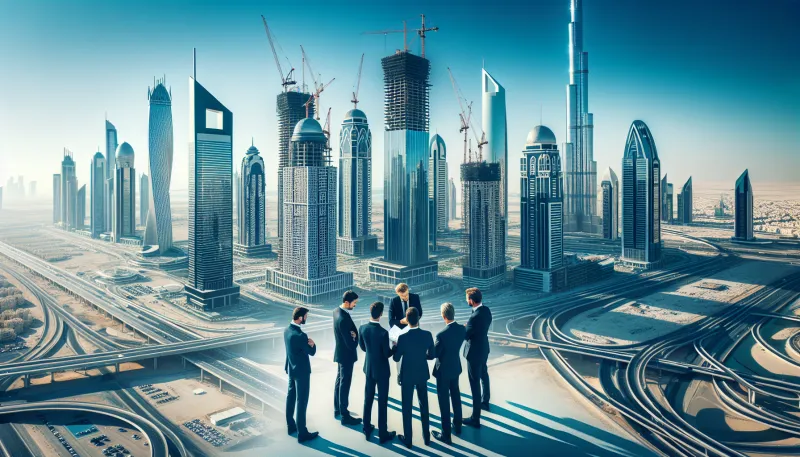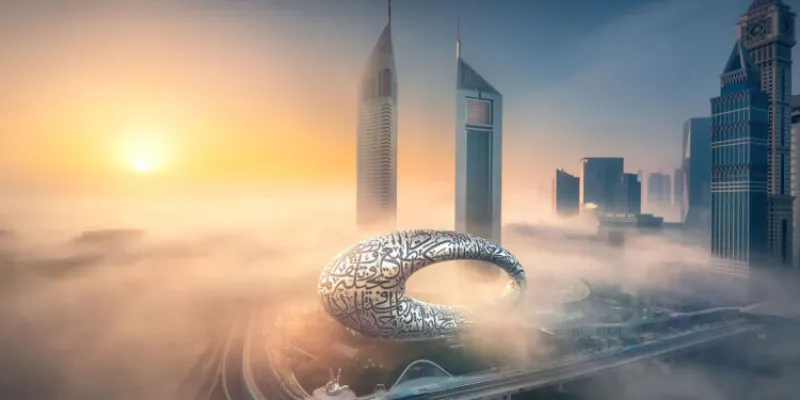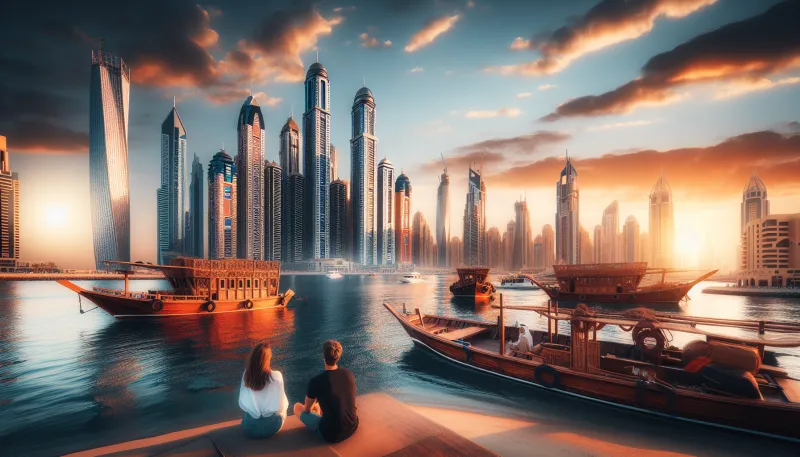
The fascinating history of Dubai: from fishing village to global metropolis
- Early settlement and pearling industry
- Trucial States and British influence
- Founding of modern Dubai under Al Maktoum family
- The emergence of Dubai as a trading hub
- Decline of pearling and economic challenges
- Discovery of oil and rapid modernization
- Formation of the United Arab Emirates
- Diversification beyond oil
- Iconic urban development projects
Early settlement and pearling industry
Dubai's earliest known settlements date back to at least 3000 BCE, with archeological evidence suggesting human habitation in the area. For much of its early history, Dubai's economy was driven by fishing, pearl diving, and trading. The pearling industry, in particular, was a significant source of wealth and employment before the discovery of oil.
Trucial States and British influence
During the 19th and early 20th centuries, Dubai was part of the Trucial States, a group of sheikhdoms under British protection. This relationship helped maintain peace and facilitated maritime trade routes. British influence introduced new administrative structures and security mechanisms that guided Dubai's development during this era.
Founding of modern Dubai under Al Maktoum family
In 1833, the Al Maktoum family established their rule over Dubai after migrating from Abu Dhabi. Their leadership laid the foundation for modern governance and urban planning. The Al Maktoum dynasty continues to play a central role in the political and economic affairs of Dubai today.
The emergence of Dubai as a trading hub
By the early 20th century, Dubai began positioning itself as a commercial hub. Its strategic location along the Persian Gulf enabled it to become an essential port for the trade of goods such as spices, gold, textiles, and pearls. The influx of merchants from various regions enriched Dubai’s cultural tapestry and boosted its economy.
Decline of pearling and economic challenges
The Great Depression and the invention of cultured pearls in Japan during the 1930s led to the decline of Dubai's pearling industry. This economic downturn posed severe challenges, resulting in hardship for many locals and compelling the ruling family to seek alternative revenue streams and modernization strategies.
Discovery of oil and rapid modernization
In 1966, oil was discovered in Dubai, marking the beginning of an era of rapid economic growth and infrastructural development. Oil revenues funded the building of roads, ports, airports, and public services, transforming Dubai's formerly modest townscape into a modern city.
Formation of the United Arab Emirates
On December 2, 1971, Dubai joined six other emirates to form the United Arab Emirates (UAE). This political union provided Dubai with a stable foundation for further growth, allowing it to benefit from shared resources and a collective national identity.
Diversification beyond oil
Recognizing the finite nature of oil reserves, Dubai's leadership invested heavily in diversifying the economy. Key sectors such as tourism, finance, real estate, and aviation have flourished, propelling Dubai onto the international stage as a vibrant business and leisure destination.
Iconic urban development projects
Over the past few decades, Dubai has been synonymous with ambitious architectural and urban development projects. Landmarks such as the Burj Khalifa, Palm Jumeirah, and Dubai Mall have redefined urban luxury and innovation, attracting millions of visitors and investors from around the world.
Real Estate Market Researcher in the UAE and Middle East


